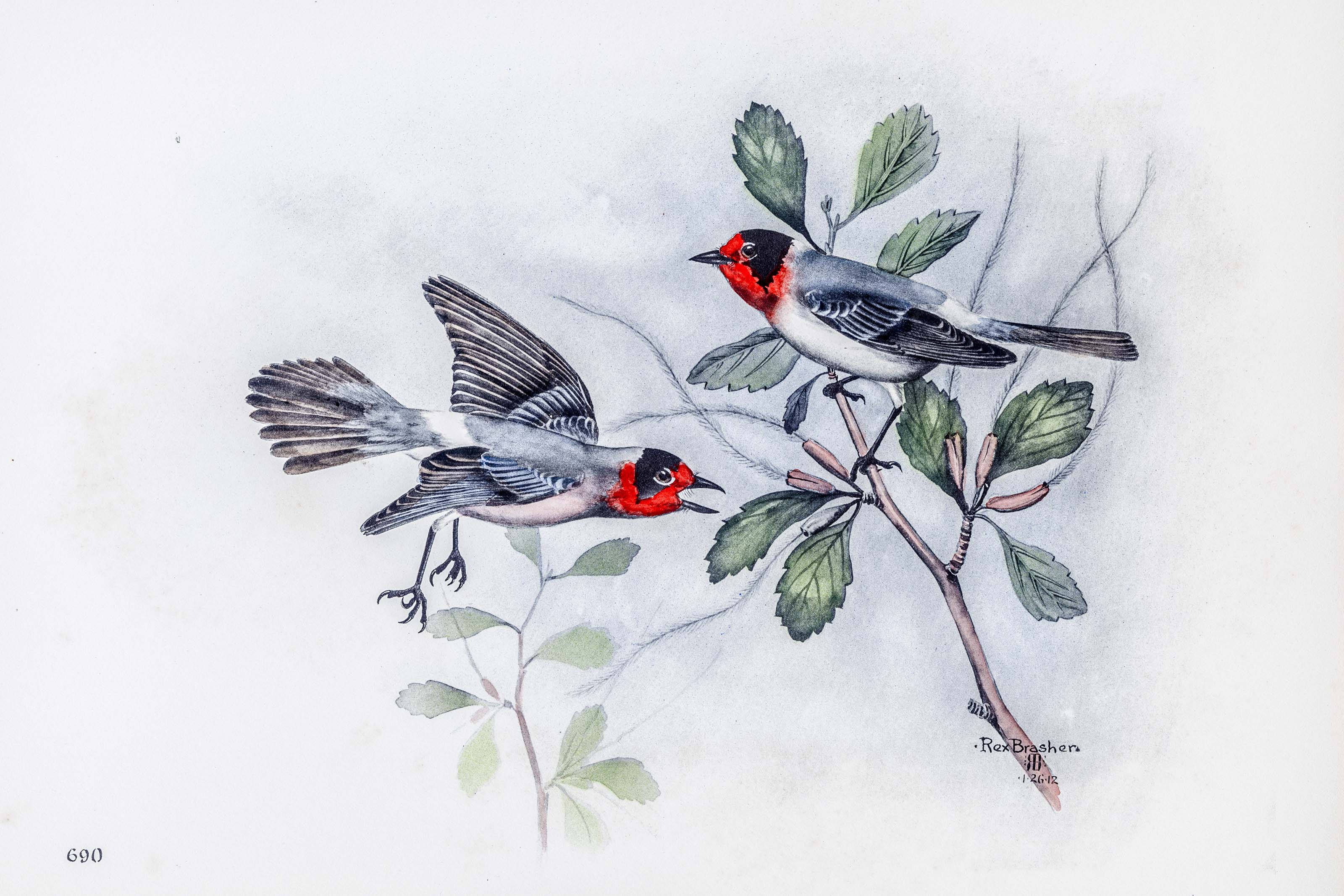
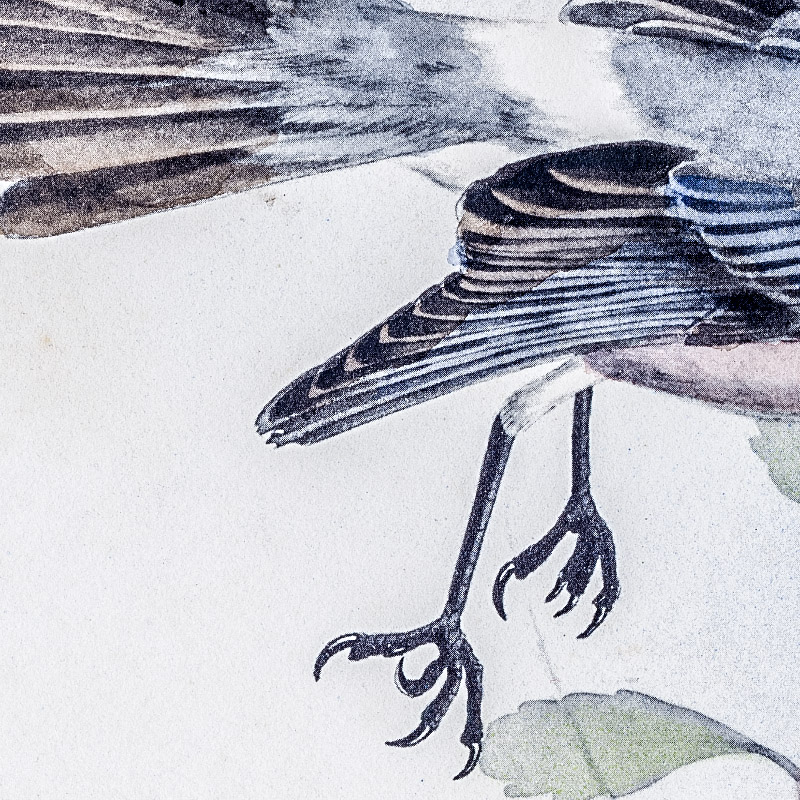
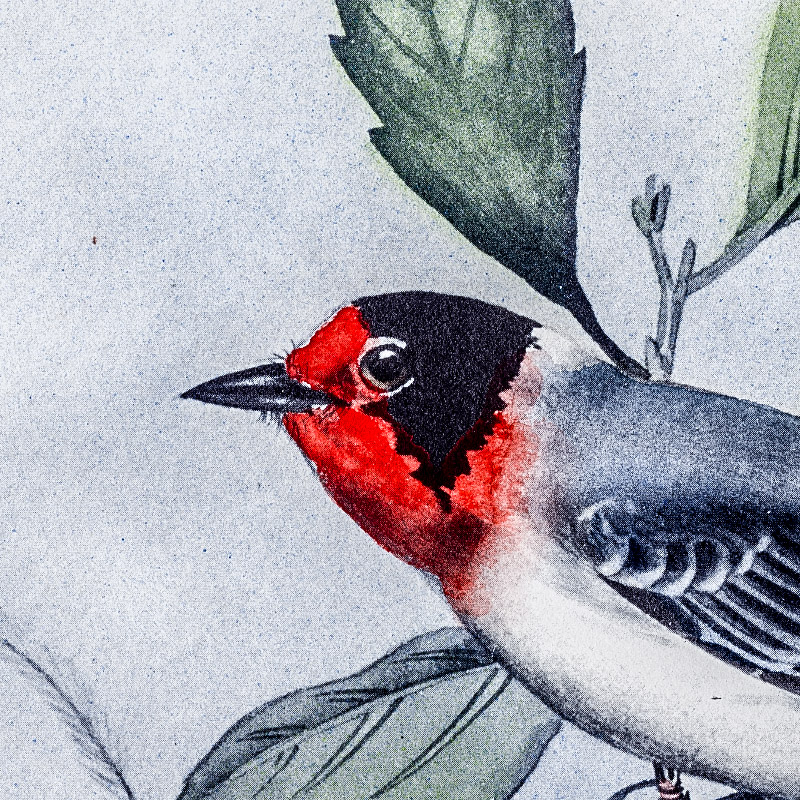
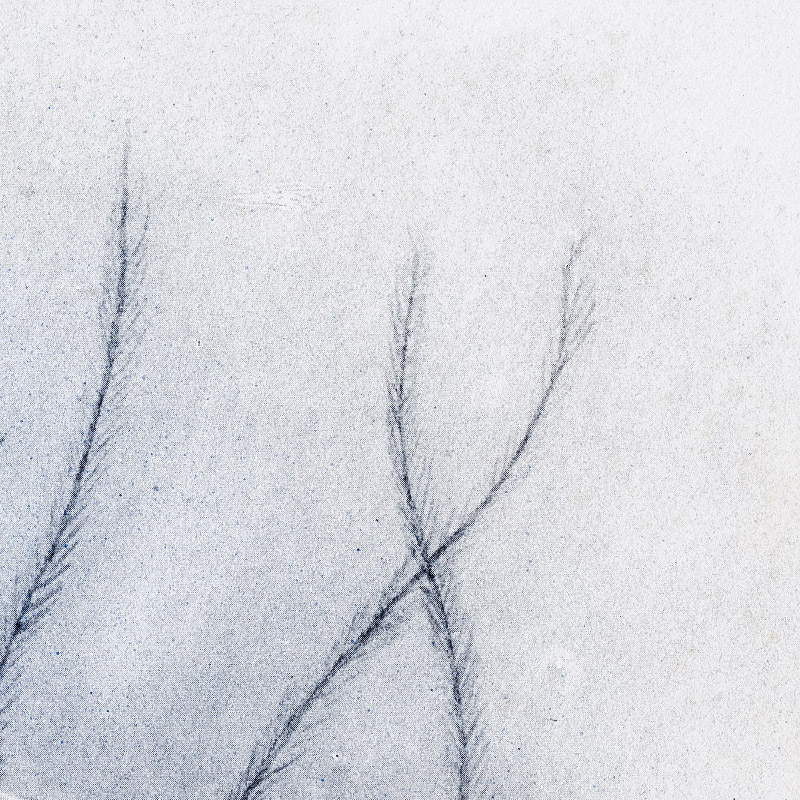

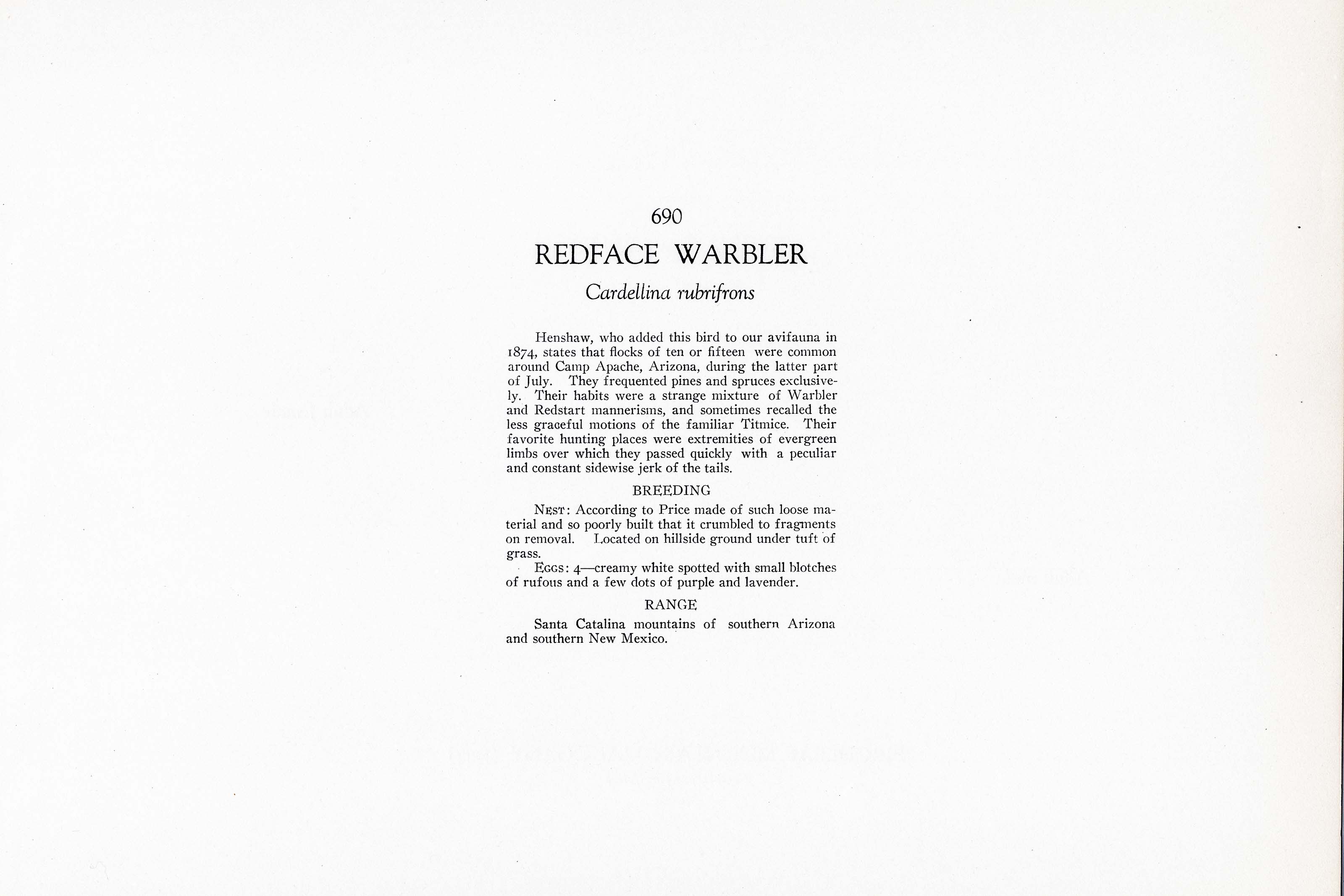

1912
1930
11
690
A team of dedicated board members, volunteers, and student interns has published every page in Volume 9. This volume includes 360 images of paintings and lyrical descriptions of birds, now available online for everyone to enjoy anywhere in the world. This is a monumental task. Each volume requires approximately 400 hours to photograph, edit, transcribe, catalog, and publish online. We need your support to complete this work.
If you're tech-savvy, have a good eye, are meticulous with details, and love structured data, please consider volunteering by emailing us at hello@rexbrasher.org.
We encourage all bird lovers and supporters to consider a monetary donation to support our mission to make Rex's work available for everyone. You can provide a one-time or recurring donation online.
Henshaw, who added this bird to our avifauna in 1874, states that flocks of ten or fifteen were common around Camp Apache, Arizona, during the latter part of July. They frequented pines and spruces exclusively. Their habits were a strange mixture of Warbler and Redstart mannerisms, and sometimes recalled the less graceful motions of the familiar Titmice. Their favorite hunting places were extremities of evergreen limbs over which they passed quickly with a peculiar and constant sidewise jerk of the tails.
NEST: According to Price made of such loose material and so poorly built that it crumbled to fragments on removal. Located on hillside ground under tuft of grass.
EGGS: 4 — creamy white spotted with small blotches of rufous and a few dots of purple and lavender.
Santa Catalina mountains of southern Arizona and southern New Mexico.
A bushy tree up to 30 feet high, distributed on California coast.